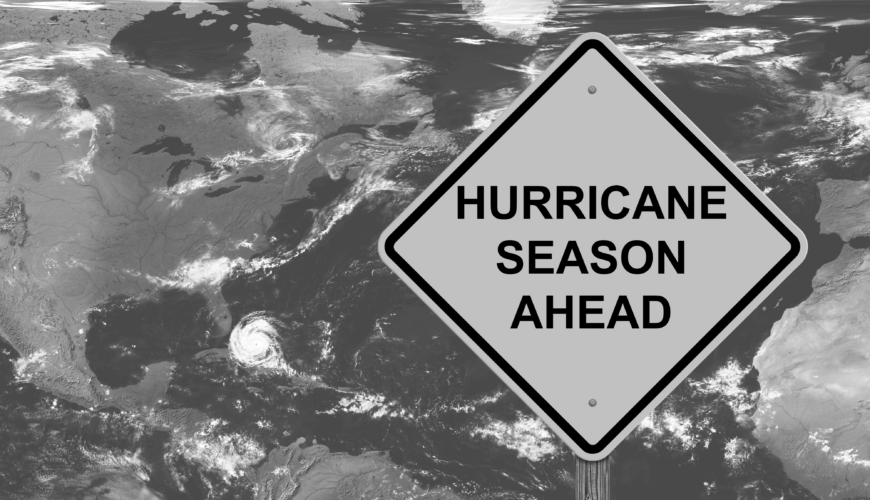The Atlantic hurricane season significantly impacts global supply chains from June 1 to November 30. Hurricanes can cause substantial disruptions by damaging infrastructure, delaying shipments, and increasing transportation costs. Here are ways the Atlantic hurricane season affects supply chains:
Infrastructure Damage
Ports and Airports: Hurricanes can severely damage seaports and airports, halting the movement of goods. For example, Hurricane Katrina in 2005 caused extensive damage to the Port of New Orleans, a crucial hub for imports and exports.
Roads and Railways: Flooding and debris can block roads and railways, making it difficult to transport goods overland. This was evident during Hurricane Harvey in 2017, which caused significant flooding in Texas, disrupting ground transportation.
Delays in Shipments
Shipping Routes: Hurricanes can force changes in shipping routes, causing delays. Ships may need to reroute to avoid the storm, leading to longer transit times.
Warehousing: Warehouses in hurricane-prone areas may suffer damage or be forced to shut down temporarily, affecting the storage and distribution of goods. For instance, during Hurricane Irma in 2017, many warehouses in Florida were closed, delaying the distribution of products.
Increased Transportation Costs
Insurance: The risk of hurricanes increases insurance premiums for shipping goods through affected regions. Higher insurance costs are often passed on to consumers.
Fuel Costs: Hurricanes can disrupt oil production and refining, leading to spikes in fuel prices. This increase in fuel costs translates to higher transportation expenses.
Supply Chain Resilience
Diversification: Companies may need to diversify their supply chains to mitigate risks. This includes sourcing from multiple suppliers and using various transportation methods.
Technology: Advanced forecasting tools and supply chain management software can help companies anticipate and respond to disruptions more effectively. For example, companies can use real-time data to reroute shipments and adjust inventory levels.
Case Studies
Hurricane Maria (2017): This hurricane devastated Puerto Rico, a significant manufacturing hub for pharmaceuticals and medical devices. The disruption caused shortages and delays in the supply of these critical products worldwide.
Hurricane Sandy (2012): Sandy caused extensive damage along the East Coast of the U.S., particularly in New York and New Jersey. The storm disrupted supply chains for numerous industries, including retail, manufacturing, and energy.
The Atlantic hurricane season poses a significant challenge to global supply chains, with the potential for severe disruptions. Companies must adopt strategies to enhance resilience, such as diversifying suppliers, investing in technology, and developing comprehensive disaster recovery plans. By doing so, they can better manage the risks associated with hurricanes and maintain the flow of goods in the face of natural disasters.


